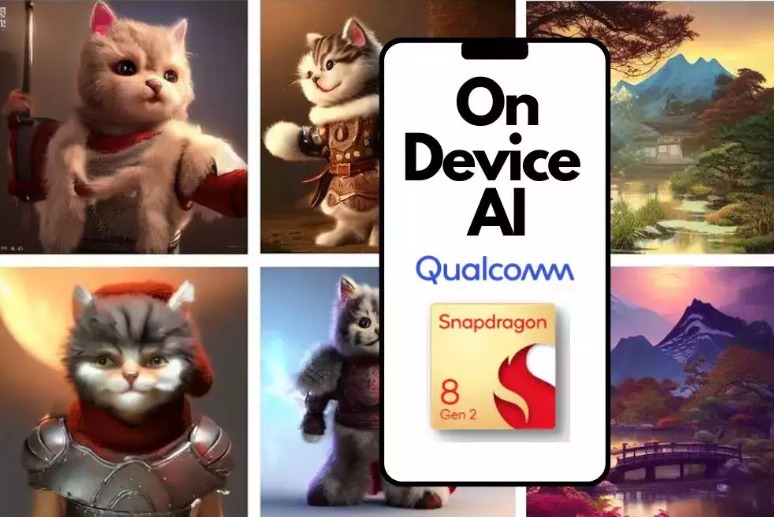At the forefront of technological innovation, Qualcomm has achieved a major breakthrough in AI art generation by running stable diffusion on a smartphone. This is a significant milestone that could have far-reaching implications for the creative industry, as well as the way we interact with AI technology in our daily lives. In this article, we explore the potential of AI art generation on smartphones and its impact on various aspects of society.
What is AI Art Generation?
AI art generation refers to the use of artificial intelligence algorithms to create original artworks, either by generating new images from scratch or by modifying existing ones. This technology has been in development for several years, but recent advances in deep learning and computer vision have greatly improved its accuracy and flexibility. AI art generation can be applied in various fields, such as graphic design, advertising, entertainment, and fine arts.
The Benefits of AI Art Generation on Smartphones
Qualcomm’s stable diffusion of AI art generation on a smartphone opens up new possibilities for users to express their creativity and imagination. By simply downloading an app, anyone can create stunning digital artworks without any prior training or expertise. This democratization of art creation has the potential to inspire a new generation of artists and designers, as well as to foster a more diverse and inclusive art community.
Moreover, AI art generation on smartphones can also improve the efficiency and effectiveness of certain tasks that require visual communication. For example, architects can use AI-generated images to showcase their designs to clients and stakeholders, without having to invest in expensive renderings. Similarly, marketers can use AI-generated graphics to create more engaging and personalized advertisements, based on the user’s preferences and behavior.
The Challenges of AI Art Generation on Smartphones
Despite its many benefits, AI art generation on smartphones also poses some challenges and ethical concerns. One of the main issues is the potential misuse of AI-generated images for malicious purposes, such as deepfakes or propaganda. This highlights the need for responsible use and regulation of AI technology, in order to prevent harm and protect individual rights.
Another challenge is the potential impact on traditional art forms and the role of human creativity. While AI-generated art can be aesthetically pleasing and technically impressive, it lacks the emotional depth and cultural context of human-made art. This raises questions about the value and authenticity of AI-generated art, as well as the role of artists and art institutions in the future.
Conclusion
In conclusion, the stable diffusion of AI art generation on smartphones by Qualcomm is a remarkable achievement that opens up new opportunities and challenges for the creative industry and society as a whole. By embracing this technology and its potential, we can create a more diverse, accessible, and innovative art world, while also addressing the ethical and cultural issues that arise. As AI technology continues to evolve and transform our lives, it is up to us to shape its impact in a responsible and meaningful way.
- Understanding Backflow Testing and Annual Fire Alarm Inspections: Essential for Safety and Compliance - April 1, 2025
- Preamplifiers – Significance, Types, Benefits - January 10, 2025
- The Science of Bass: Understanding How Subwoofers Work - January 10, 2025

